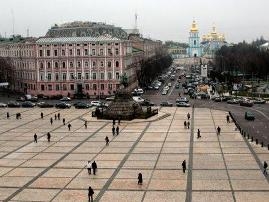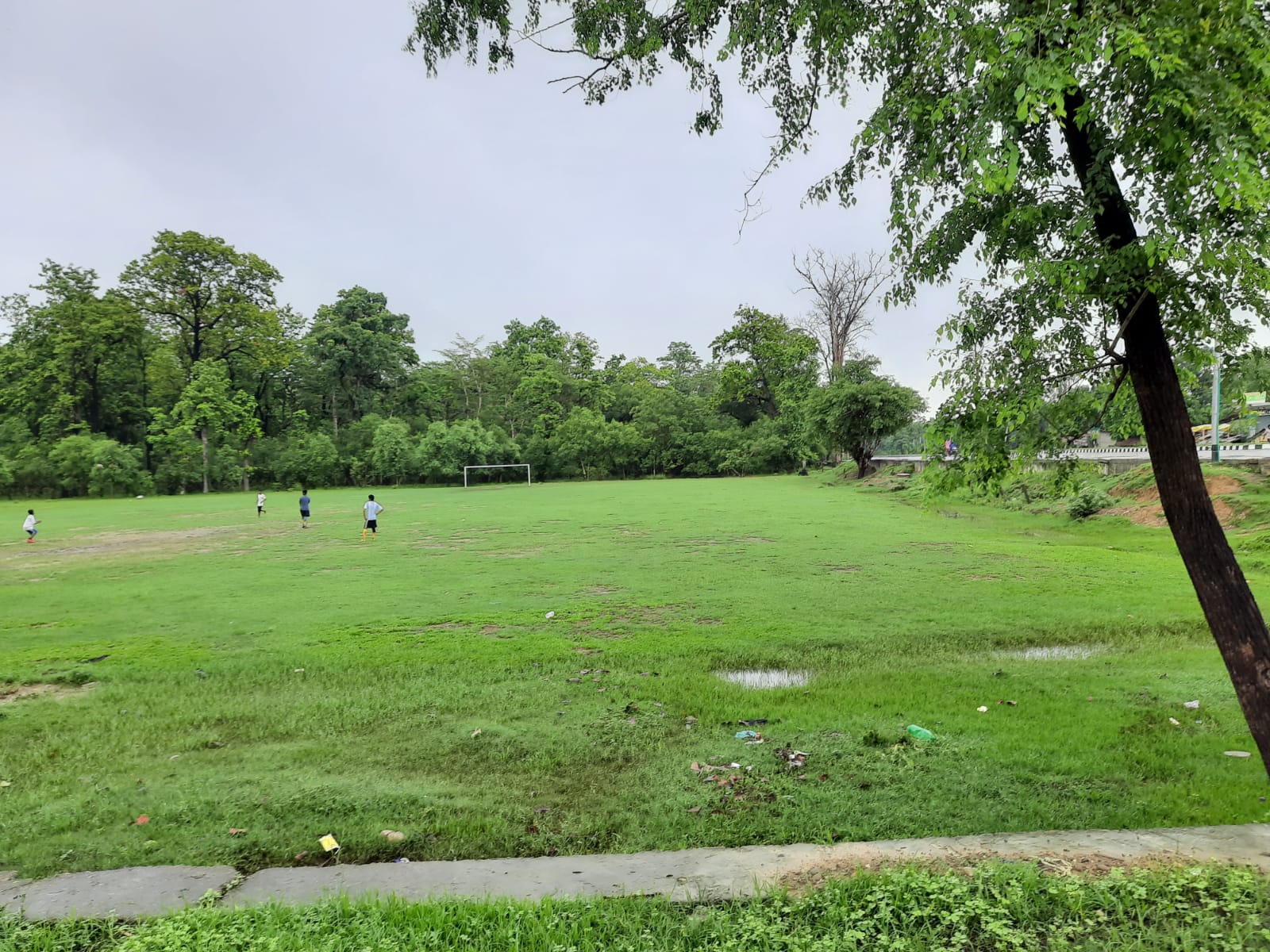
|
| The city will offer incentives for international companies to relocate to a new modern business area to be dubbed Kiev Center. Photo: The World Bank |
By Victor Zablotskyi in Kiev
This story originally appeared on The World Bank’s Europe and Central Europe website.
[24 February 2012] -- Kiev is building on its past. It is one of the oldest cities in Eastern Europe, more than 1,500 years old according to historians. The city was founded on one of the ancient world's most important trade routes, running from the Baltic region south to what is now Turkey.
This summer, Kiev will host the Euro 2012 football tournament, bringing hundreds of thousands of visitors, and their money, to Ukraine. Kiev's leaders hope to use the city's historic culture and stately old buildings to invigorate its future. The idea is to build a new modern city on top of an ancient one, bringing the best of both together.
A new city strategy
The new city strategy sets out Kiev's priorities and challenges for the next twelve years. The Kiev City Development Strategy was supported by the World Bank through the grant from the Cities Alliance, as well as cities' other partners. The strategy is international in scope and based on best practices from other cities throughout the world.
Kiev's leaders have been soliciting information and opinion for the strategy from residents, citizens' groups, and activists. City leaders have held public hearings, and used Twitter, Facebook, and the telephone to get input on the new plan. In total, strategists received about 7,000 comments through public meetings, over 1,500 by phone, 1,551 via the official web site (where the strategy is posted), and over 3,600 through social networks. It was a comprehensive process.
"I have worked with many cities across the world, helping them develop their city and local economic development strategies," says Gwen Swinburn, Local Economic Development Adviser. "I am pleased to note that Kiev engaged in one of the broadest consultative processes with broad stakeholders I have yet seen and I have to congratulate Kiev on this!"
The Kiev City Administration also created a consortium of local and international organizations to support the proposed changes and new ideas.
"Kiev is an innovative city," says Oleksandr Popov, Head of the Kiev State Administration. "Innovations should be set as a base for development of our economy. We have done just the theoretical part, but now we are starting the practical part of the strategy. It will take a lot of effort, time, and systemic work."
Making the city more livable
The new strategy is an ambitious one. Its overall goal is to make Kiev a livable, healthy city with ample green space. Energy sustainability is important, as is reducing traffic and congestion. Urban leaders also want to attract new businesses and encourage young workers to invest in the city by building their careers here. And since Ukraine allows visa-free entrance for citizens of both Europe and the CIS, the city could become an ideal destination for international businesses and organizations.
"It is very important that countries like Ukraine embrace urbanization as a key force for economic dynamism in the 21st century, and at the same time plan urbanization, so that it is socially and environmentally sustainable," says Martin Raiser, former World Bank Country Director for Ukraine, Belarus, and Moldova.
To make Kiev socially and environmentally sustainable, the city strategy aims to promote cultural events and create more open space for residents to gather. Kiev also wants to reclaim the banks of the Dnieper River, building recreation areas and parks alongside the water.
Another part of the city strategy focuses on raising public and private investments in health care, and promoting healthy living. A long-term goal is to increase longevity of the Ukrainian people by at least ten years.
Kiev is the engine of Ukrainian growth
"All of us are aware of this indisputable fact that Kiev's share in the Ukrainian economy is much bigger than of any other region," says Natalia Izosimova, Director of the Foundation for Effective Governance. "Consequently, the well-being of the entire country and of every Ukrainian citizen will depend on their capital city's destiny."
To improve the city's future, many of the suggestions for improving life in the capital are quite specific. Residents often complain of pollution and terrible traffic. Iryna Bondarenko, for one, has a solution. She is the Head of the Kiev Cyclists' Association and wants to make the city "the bicycle capital of Eastern Europe."
“As for today, we have only two appropriate roads for bicyclists, but even these roads are in the suburbs of the city," she says. "From my point of view, a bicycle is not widely used in Kiev as a transport tool, because, foremost it is not safe. Our main goal is to have a usage of bikes as a city transport on the level of 15%."
The city is responding. By the end of 2012, Kiev plans to have built new bike routes on 62 streets for a total length of 161 kilometers.
Staying flexible
Because the city moved quickly on a broad agenda for change, some details have yet to be sorted out. For example, urban planning experts suggest further work on strengthening economic development, economic governance, poverty and inclusion, workforce development, and financial management.
"Because it was such a broad strategy and there was such a short timeframe, some elements were less complete," explains Gwen Swinburne. "To this end we have advised the city to develop an economic development strategy within its broader city strategy down the road."
Given the ambitious scope of the new city strategy, Kiev could be a totally different place in 2025, an old city with modern infrastructure, a more comfortable place to live and, perhaps most important, an engine for economic growth for the rest of Ukraine.
Click here to see the original version of this story along with a video on Kiev's City Development Strategy on The World Bank's Europe and Central Asia website.




